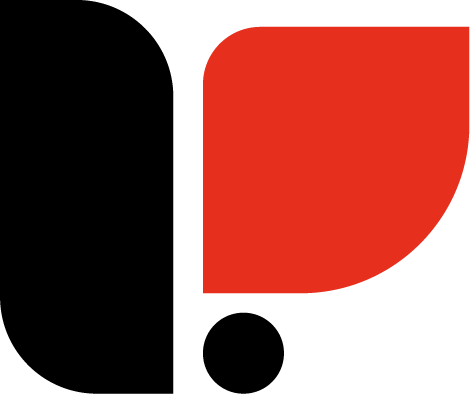Have you ever browsed through a website and so much wished that it was yours? Of course, websites are unique gadgets for businesses and many other reasons, like creating a digital presence. But getting the wrong website for a different purpose can ruin the whole aim.
Websites are of different types. For example, an e-commerce website where you can buy or sell products differs from a personal website where you can just read about your favorite people or share your precious words. Below are the six major types of websites.
A Personal Website
From its name, “personal,” you can quickly tell it is an individual website. Some people want to boost their online existence or like to voice out their precious words, build their brand, or more; these are the websites they go for.
This type of website design depends on the purpose of its creation. Is it just for friends, family, loved ones, or more? However, the designs are mainly plain and uncomplicated, consisting of pictures and text.
If it is mainly just for friends and family, then it usually looks fun and doesn’t demand any SEO, but if you want to boost your brand or more, then search engine optimization is needed. Whether for business, hobby, or just for delight, a personal website should contain an individual blog about you and where you share your purpose and expertise.
Business Website
This is a style of website that supplies details concerning your business. Potential buyers get to know your existence, see what you do or offer, and know how they can contact you.
Its design should go well with your label and firm. For instance, if you are in the eyewear business, your business website should contain a variety of frames and lenses for different sex, skin color, and tone. In addition, your logo, FAQ, and About Us page are among the essential things that should be contained on the website.
An E-commerce Website
This is a website where you can sell your products or services online. Amazon and The29Line are suitable samples of e-commerce websites. These websites make it effortless for people to shop online.
A good e-commerce site should include a shopping cart feature, price tags, discounts, and a price gateway. In addition, quality pictures matter for an e-commerce website; poor pictures can discourage sales. Also, make it easy for customers to navigate with minimum clicks. Furthermore, it must be highly secured to guarantee your client’s information is safe.
Portfolio Website
A portfolio website has some similarities with a personal website. However, its primary purpose is to reveal your skills to gain clients. The majority of people that own this class of website are either designers, content writers, musicians, artists, video editors, or other content professionals (primarily freelancers).
Features of a portfolio website are few but unique; usually, a slideshow, galleries, or videos of animations hanging on your area of specialization and how you wish to portray it.
To make it a friendly and fast website, you should not upload every work you’ve done; the few best ones can be splinted into different categories for your visitors to quickly locate what they are looking for.
Blog Website
Initially, blogging started as a means for people to share their ideas, thoughts, and knowledge online, but now, about 86% of businesses include blogging in their marketing strategies to boost traffic and increase sales. Blogs can come in any topic and different shapes and categories, but what’s more important in any blog is the firm and scope that suits the readers.
The format of a blog website usually deals with visual elements. So, you should consider your content style and choose a suitable template that goes well with it. However, newsletters and CTAs can be added to convert visitors into clients.
Crowdfunding Website
These websites are made purposely to fund schemes or projects by putting up little cash from various individuals. New startups usually use this kind of website.
Gone are the days when the top way to fund a project was through a venture capitalist. Nowadays, you can efficiently do that by simply constructing a crowdfunding website. This website should contain detailed information regarding what you are working on, and people that believe/trust the project will send forth an amount of cash.



